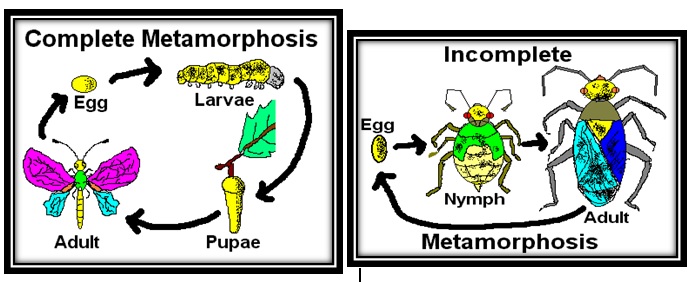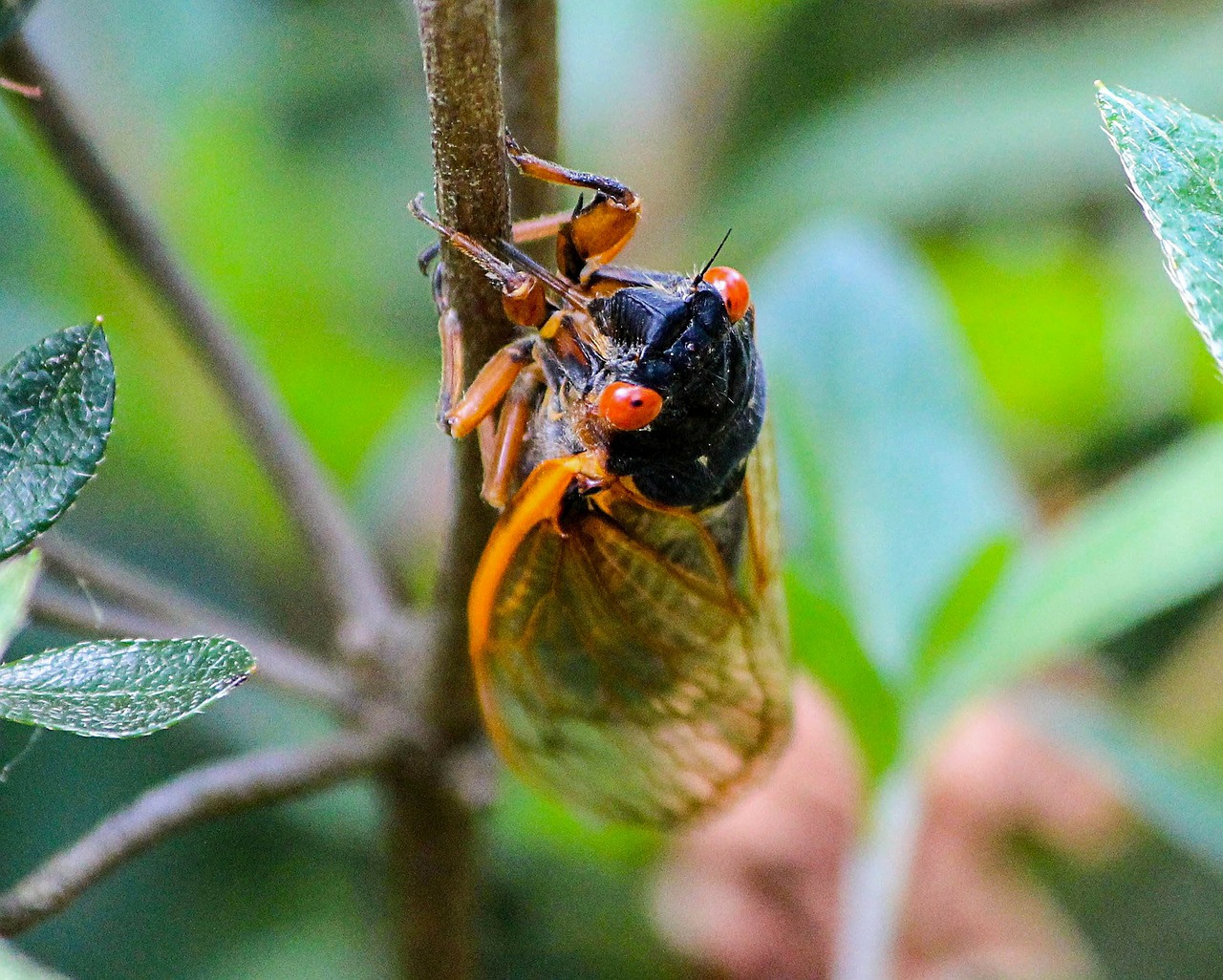All animals grow out from a rudimentary stage to a functional adult. The whole process takes a definite time and marks a lot of biological changes. These changes happens installment wise. There will be certain periods in the due course that will have a stationary phase. Those phases are named differently.
The whole process of these biological changes is termed as “Metamorphosis”. Metamorphosis is biologically defined as the cycle through which an animal after hatching develops into an adult. An animal after hatching will transform into various other forms before growing out to a complete adult. These changes are completed through a series of cell transformation and differentiation. Usually metamorphosis is predominant among insects and amphibians. For e.g. insects like beetles and amphibians like frog. The actual meaning of metamorphosis is transformation.
To go a little deeper in the process of metamorphosis, let me take you through the aspects of metamorphosis is two sections.
Metamorphosis in insects: the class of insects is really big and all of them undergo the process of transformation or metamorphosis. The typical stages of metamorphosis are egg, larva, pupa and adult. The larval stage again can be subdivided intro first, second and third instar. These are nothing but intermediate developmental stages. However, in insects there exist two types of metamorphosis viz. complete metamorphosis and incomplete metamorphosis. There is no notion that incomplete is not a favorable way of metamorphosis. The difference between the two is complete metamorphosis follows the above mentioned stages completely whereas the other one includes an intermediate stage called nymph. Nymph is nothing but a smaller version of the adult, there is no distinctive differences from the adult apart from the size.
 Metamorphosis in amphibians: the major difference from above is that the eggs in this case are laid in the water. The larva develops and forms gills. It is very atypical when you think about frogs which will develop gills, a character typical of fishes. That’s why amphibians complete their life cycle in water and land both. The larva of frogs is known as tadpole and they spend a lot of time in water before they metamorphose into an adult frog. That is only reason that frogs during breeding season find place in water.
Metamorphosis in amphibians: the major difference from above is that the eggs in this case are laid in the water. The larva develops and forms gills. It is very atypical when you think about frogs which will develop gills, a character typical of fishes. That’s why amphibians complete their life cycle in water and land both. The larva of frogs is known as tadpole and they spend a lot of time in water before they metamorphose into an adult frog. That is only reason that frogs during breeding season find place in water.
Metamorphosis is a vast subject and is very interesting. The life stages of animals will give a complete insight of the developmental biology. It is an integral part of developmental biology and everyone must learn deeper in this subject.

